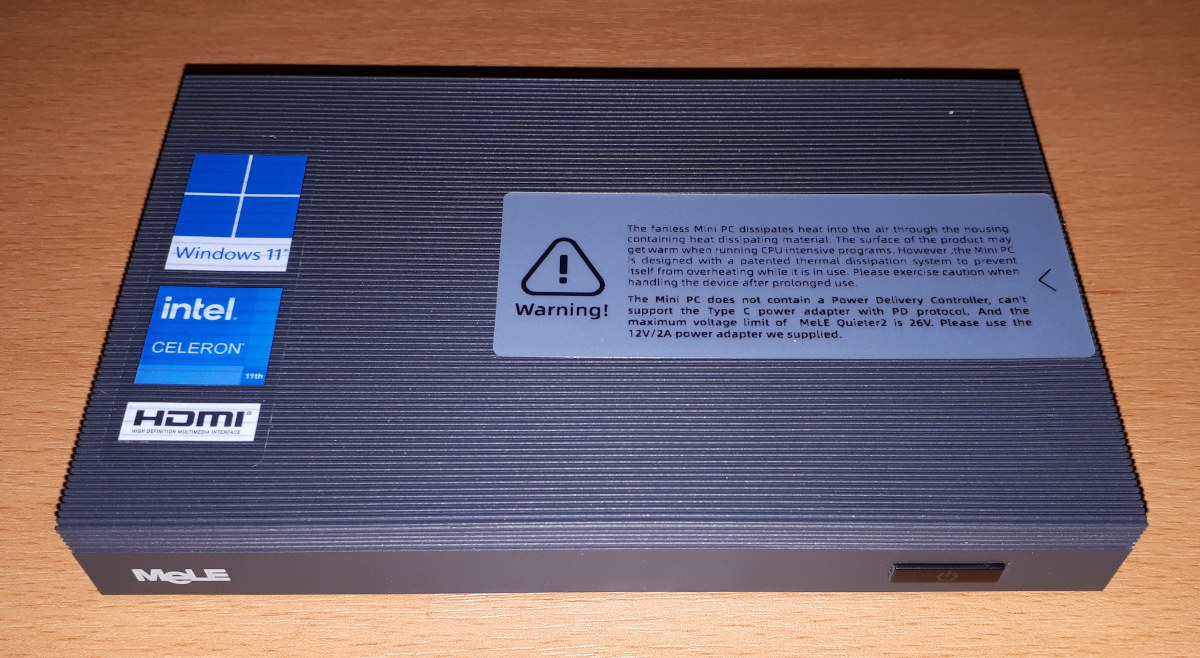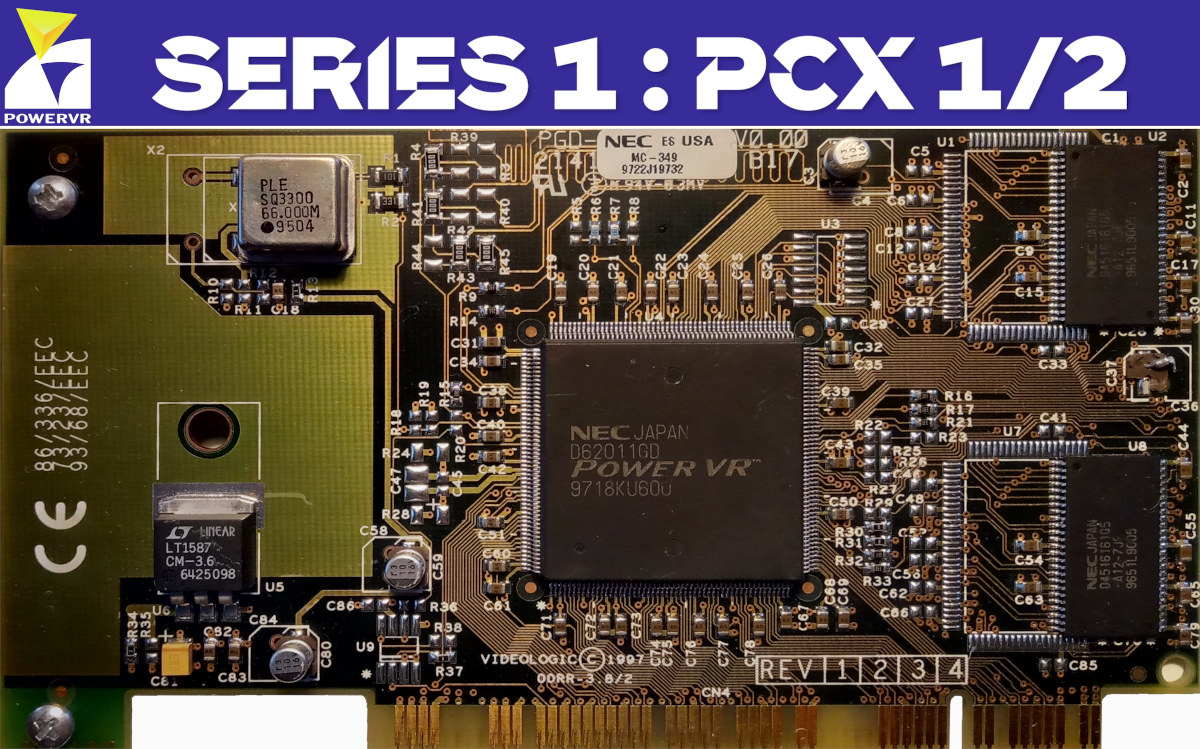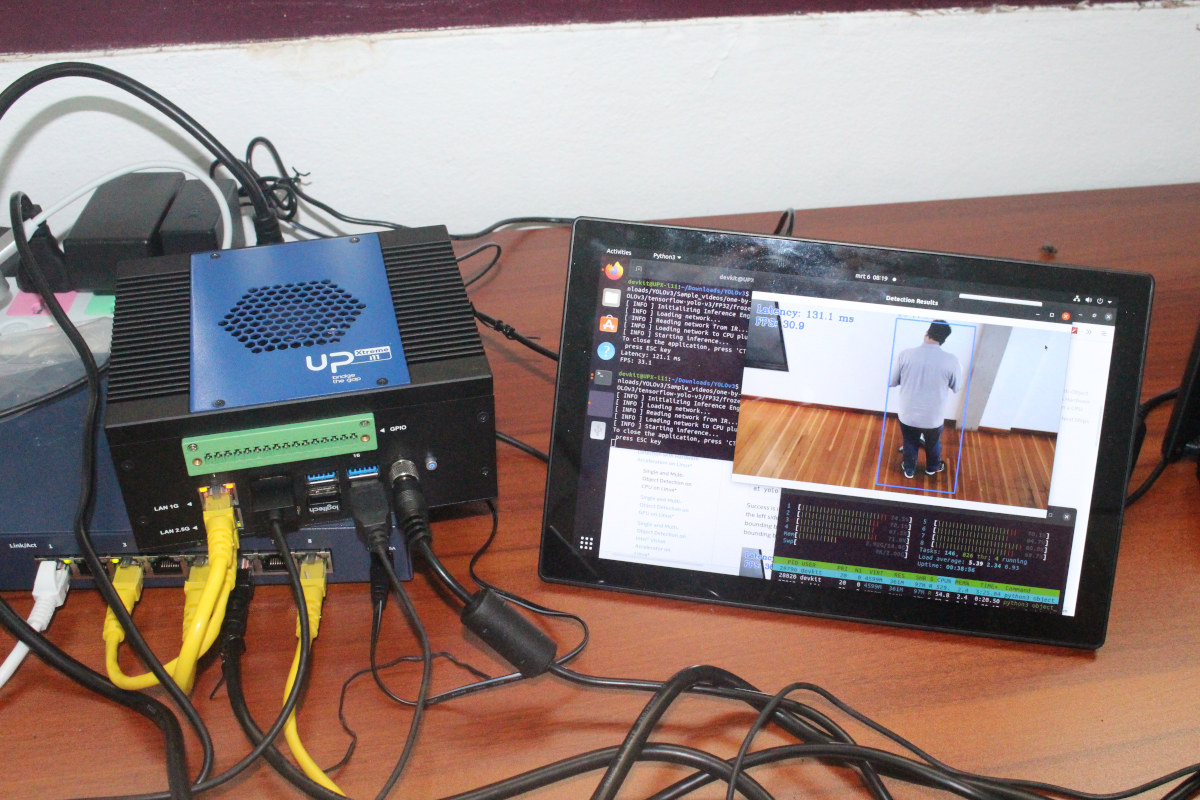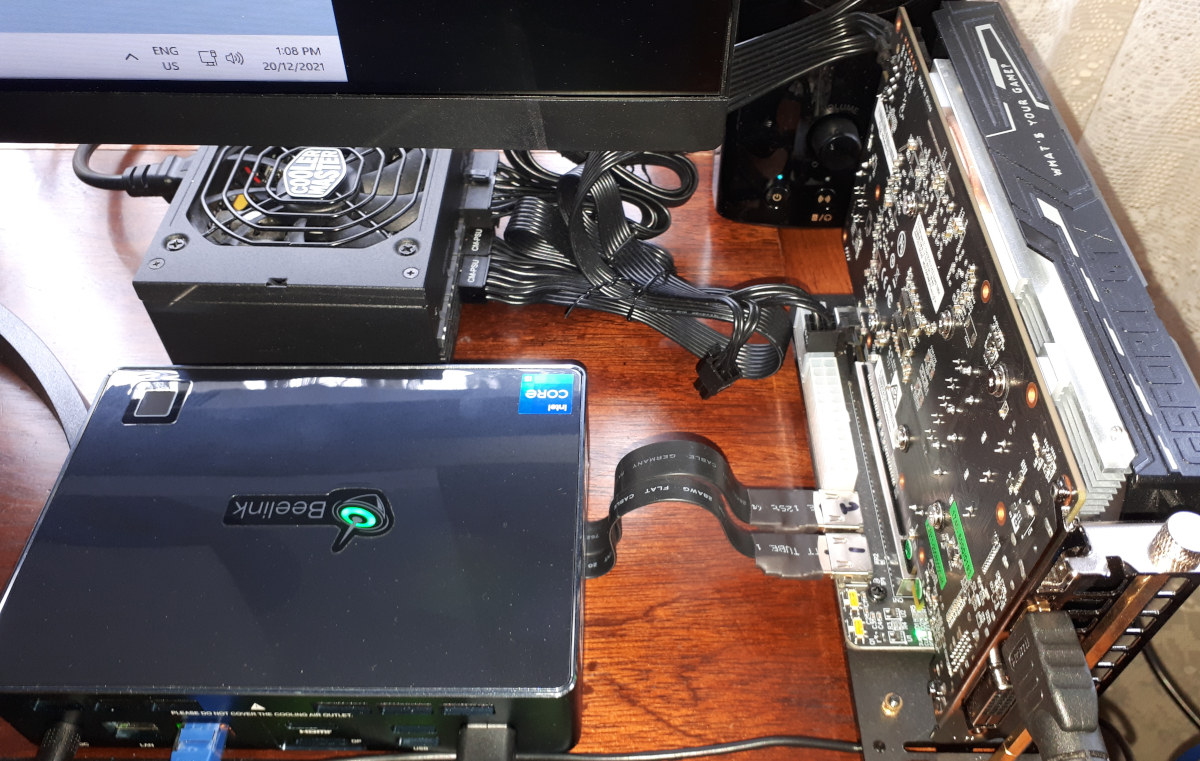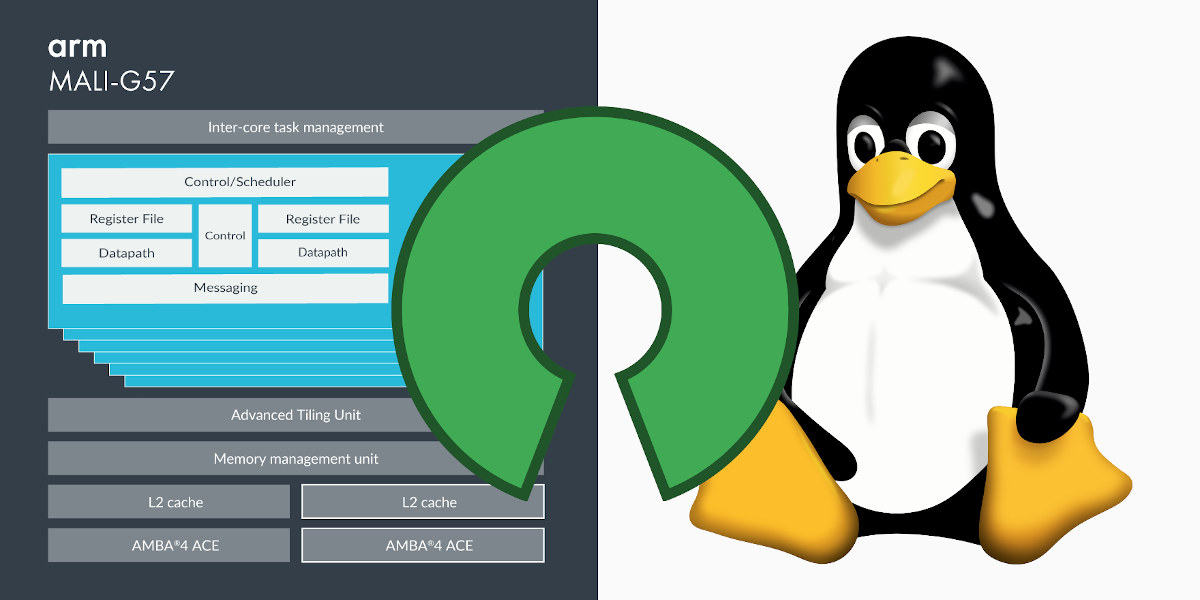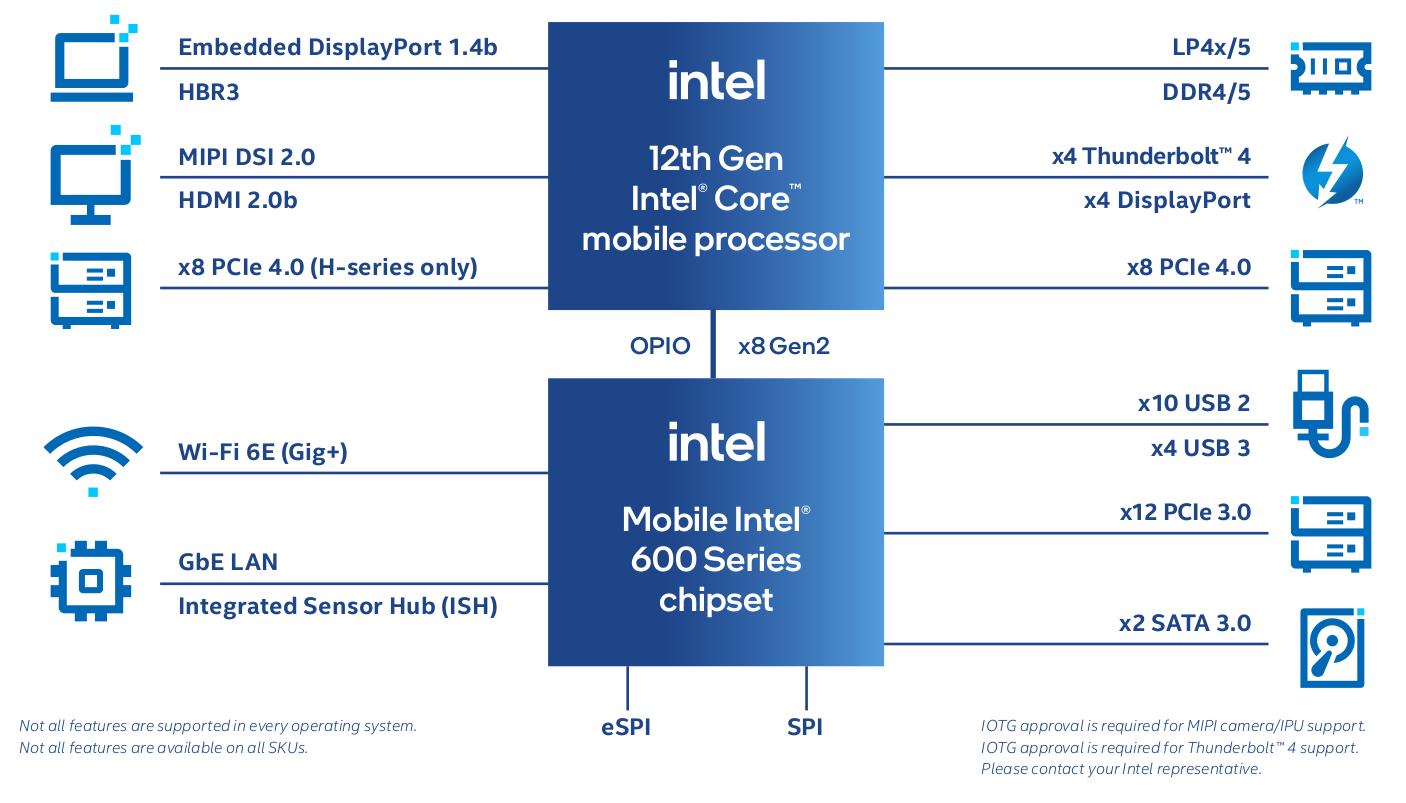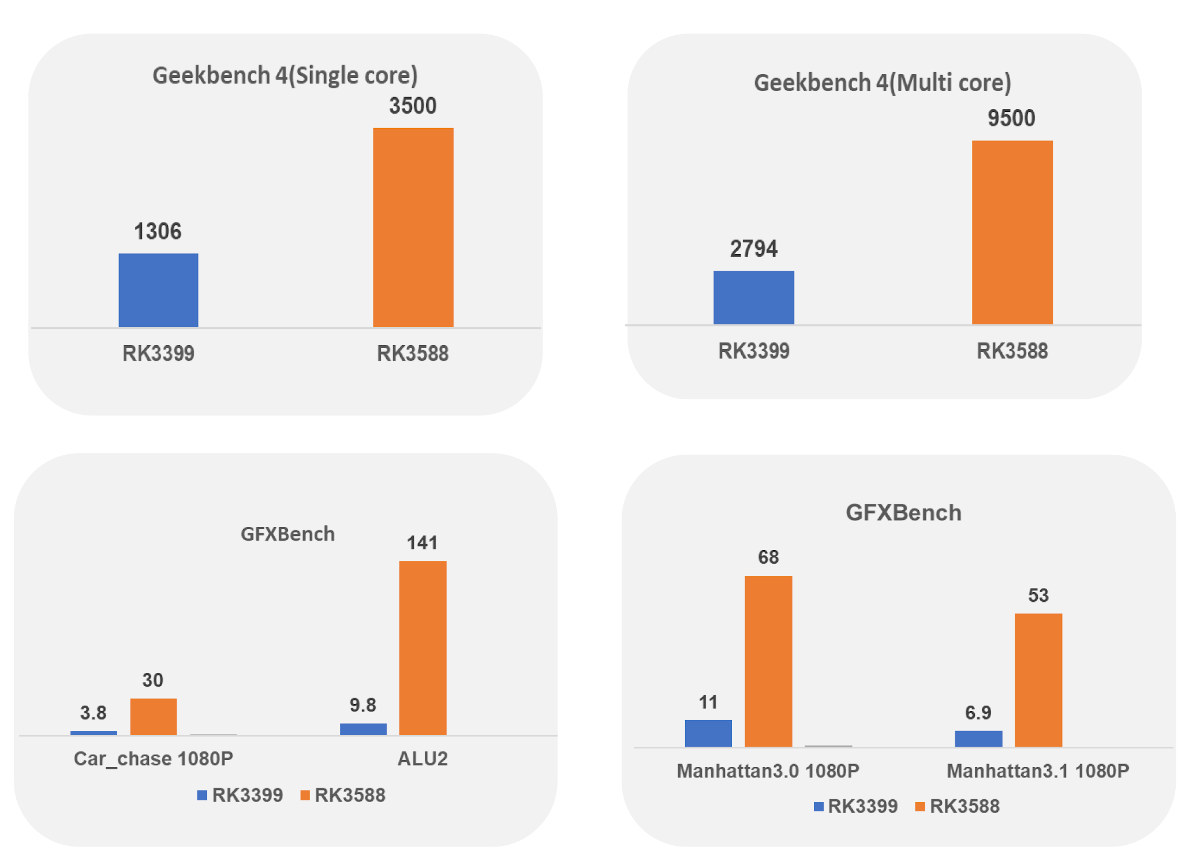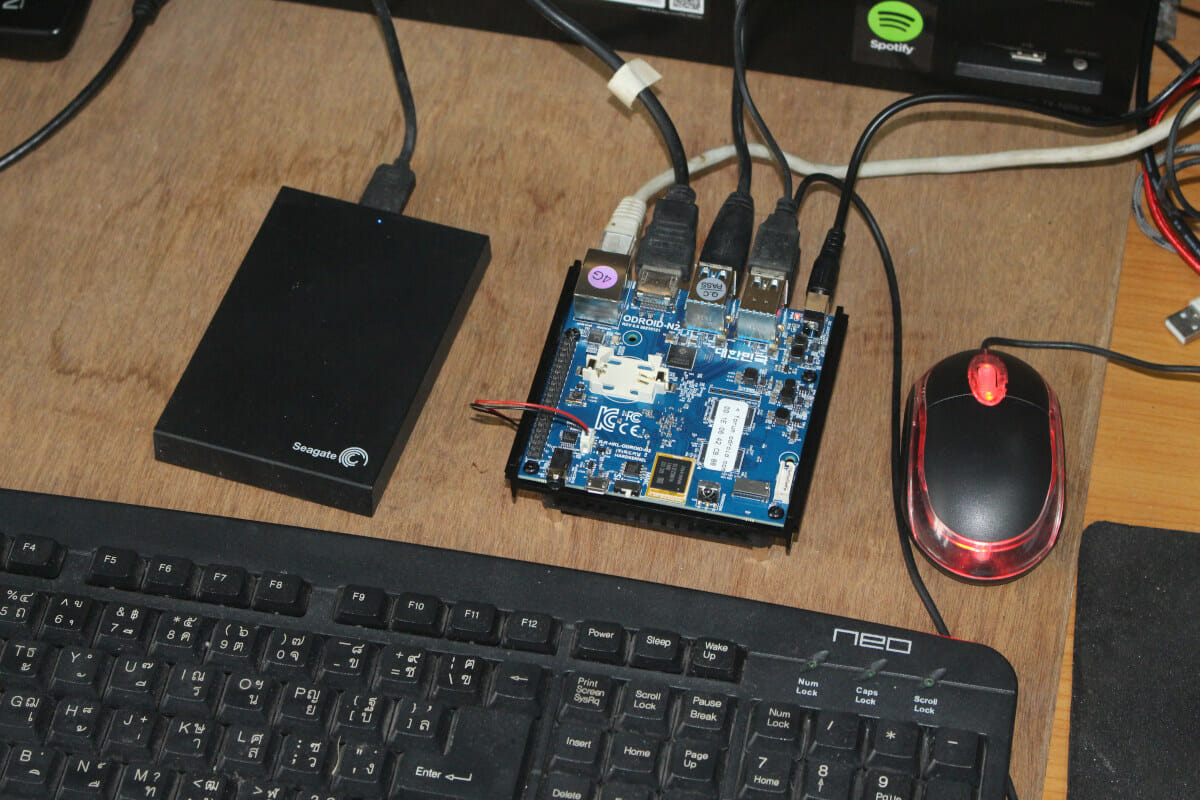MeLE has released a new and updated version of the Quieter mini PC called the Quieter3Q. Like before, it is a passive mini PC but now features the latest low-powered Intel Celeron Jasper Lake CPU and an upgraded PCIe 3.0 x2 M.2 2280 NVMe SSD slot. MeLE has kindly sent one for review and I’ve looked at performance running both Windows and Ubuntu and connecting an eGPU. MeLE Quieter3Q Hardware Overview The MeLE Quieter3Q is physically the same as before consisting of a 131 x 81 x 18.3mm (5.16 x 3.19 x 0.72 inches) rectangular plastic case with a metal base plate. The top half of the case is finely grooved to mimic the fins of a heat spreader but is made of plastic rather than metal to allow reception to the WiFi antennas as one is directly connected to it. As a passively cooled mini PC, it uses Intel’s […]
Imagination open sources PowerVR Series 1 GPU drivers
Saying that Imagination Technologies is not exactly popular in the open-source community would be an understatement, but the company has just open-sourced the driver source for Power Series 1 GPUs namely Midas Arcade, PCX1, and PCX2. If those names do not ring a bell, it might be because some of you may not have been born when PowerVR GPUs were first unveiled in 1995, and launched in products in 1996/1997. Developed jointly by VideoLogic and NEC, PowerVR was touted as the “future of high-quality 3D graphics for the next generation of interactive entertainment”, “whether you are developing 3D systems for console, PC, or arcade systems”. VideoLogic was renamed Imagination Technologies in 1999. The PowerVR PCX1/PCX2 GPUs were notably used in the Apocalypse 3D/3Dx and Matrox M3D graphics cards with support for Direct3D and playing games such as Tomb Raider or Wipeout XL on Windows PCs. I can remember playing those […]
UP Xtreme i11 mini PC review with Ubuntu 20.04, Edge Insights for Vision
UP Xtreme i11 is both a single board computer and a mini PC powered by an Intel Tiger Lake processor and designed for industrial edge applications. I received the one sample of the mini PC called “UP Xtreme i11 Edge Compute Enabling Kit” last December based on an Intel Core i7-1185GRE processor, fitted with 16GB RAM, a 128GB SSD, and pre-loaded with Ubuntu 20.04 operating system. I’ve now had more time to play with the system, and I’ll report my experience with Ubuntu 20.04 and Edge Insights for Vision, a computer vision framework that’s part of the getting started guide. The latter was missing from my package possibly because customs opened the package, and forgot to put it back in. The most important part is “devkit” is used as username and password. Software for UP Xtreme i11 and Fan Control While Ubuntu 20.04 is pre-installed on the mini PC, it’s […]
Beelink GTi11 modding – PCIe Gen 4.0 M.2 slot, tweaking power limits, and eGPU
Previously I reviewed Beelink’s new GTi11 Intel Tiger Lake mini PC running Windows 11 and Ubuntu 20.04, so in this final part of the review, I’ll cover in more detail some of the features only briefly highlighted before. Specifically, I’m going to look at the PCIe Gen 4.0 M.2 slot, dabble in ‘overclocking’ and explore eGPU options. Hardware Recap The GTi11 is a 168 x 120 x 39mm (6.61 x 4.72 x 1.54 inches) actively cooled mini PC and the review model has an i5-1135G7 Intel Tiger Lake quad-core 8-thread 2.50 GHz Core processor boosting to 4.20 GHz with Intel’s Xe Graphics. The review model also included a 500GB M.2 2280 NVMe PCIe Gen 3.0 SSD drive with Windows 10 Pro installed, two sticks of 8GB DDR4 3200 MHz memory, a soldered WiFi 6 (or 802.11ax) Intel AX201 chip, and dual 2.5Gb Ethernet ports. Interestingly there are another two key […]
Speeding up open-source GPU driver development with unit tests, drm-shim, and code reuse
Getting an Arm platform that works with mainline Linux may take several years as the work is often done by third parties, and the silicon vendor has its own Linux tree. That means in many cases, the software is ready when the platform is obsolete or soon will be. It would be nice to start software development before the hardware is ready. It may seem like a crazy idea, but that’s what the team at Collabora has done to add support for Arm “Valhall” GPUs (Mali-G57, Mali-G78) to the Panfrost open-source GPU driver. The result is that it only took the team a few days to successfully pass tests using data structures prepared by their Mesa driver and shaders compiled by their Valhall compiler after receiving the actual hardware thanks to the work done in the last six months. So how did they achieve this feat exactly? We have to […]
Intel unveils Alder Lake desktop and mobile IoT processors
Intel introduced high-end Alder Lake Hybrid processor family for consumer devices a couple of months ago, with Pentium G7400 and Celeron G6900 leaking a few weeks later, and now the company has formally announced the Alder Lake-S and Alder Lake-H processor families for respectively desktop IoT and mobile IoT solutions, as well as more efficient U-series and P-series of 12th Gen Intel Core Alder Lake IoT processors with a TDP ranging from 15W to 28W. Alder Lake S-Series desktop processors for IoT Key features and specifications: CPU Up to 16 cores, up to 24 threads in IoT SKUs Up to 30 MB Intel Smart Cache TDP – 35W to 65W Real-time capability on select SKUs Graphics/Video Intel UHD Graphics 770 driven by Intel Xe architecture with up to 32 EUs Up to four independent displays up to 4K or one display at 8K resolution Up to two video decode boxes […]
Rockchip RK3588 benchmarks – Geekbench4, GFXBench, Antutu
We’ve been talking about the Rockchip RK3588 Cortex-A76/A55 processor since it showed up in a roadmap in the Spring of 2019, and the initial plan was for a release in Q1 2020. But as most regular readers know, there have been delays after delays, and some people have even started to associate RK3588 with vaporware. But there may be light out of the tunnel with Rockchip RK3588 platform being showcased at the Rockchip Developer Conference 2021, notably with CPU and GPU benchmarks for the device. The results for Geekbench 4 reveal around 2.7 times (single core) or 3.4 times (multi-core) higher CPU speed, but the most impressive part is the GPU as GFXBench shows Rockchip RK3588 being multiple times faster than RK3399, in some cases over 10 times faster. A few weeks ago, we noted some Geekbench 4 results with a system running Android 12 with 8GB of RAM, and […]
ODROID-N2+ review with Ubuntu 21.10 using Wayland and Panfrost
ODROID-N2+ was launched in July 2020, but I only got the Amlogic S922X Rev C SBC recently with Hardkernel wanting me to test their latest Ubuntu 21.10 image with the Panfrost open-source GPU driver. ODROID-N2+ Kit Unboxing Let’s start by checking out the kit I received from the Korean SBC manufacturer. The package includes ODROID-N2+ single board computer fitted with a 32GB eMMC flash module, a 12V/2A power supply with an EU plug adapter, an 80mm fan kit, and a USB 3.0 to eMMC reader. ODROID-N2+ is now only available with 4GB RAM, as the old ODROID-N2 with 2GB was deprecated, and we get four USB 3.0 ports, HDMI 2.0 video output, Gigabit Ethernet networking, and a 40-pin GPIO header with the board cooled by a larger heatsink attached to the bottom of the board. Fan installation, first boot, and system information As we’ll see below the fan is not […]


